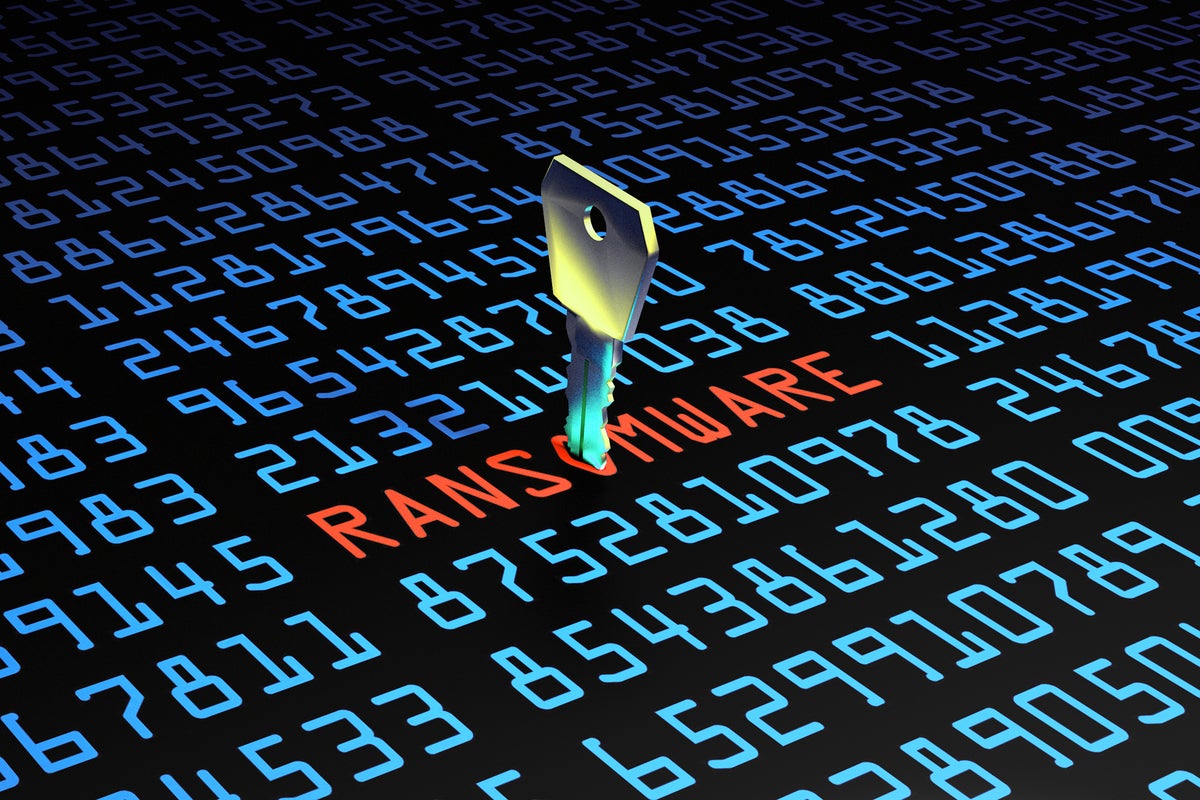

We highly recommend keeping backups in multiple different locations (e.g., remote servers, unplugged storage devices, etc.) - to avoid permanent data loss. The sole solution is recovering them from a backup, if one was created beforehand and is stored elsewhere. However, removal will not restore already affected files. To prevent Ygvb ransomware from further encryptions, it must be eliminated from the operating system. Therefore, we strongly advise against meeting the ransom demands and thus supporting this illegal activity. Additionally, the message mentions that decryption can be tested by sending the attackers a single encrypted file.īased on our extensive experience analyzing and researching ransomware, we can conclude that decryption is usually impossible without the cyber criminals' interference.įurthermore, despite paying - victims often do not receive the promised decryption tools. The price of the recovery tools is stated to be 980 USD, and if victims establish contact with the cyber criminals within 72 hours - the ransom will be halved (490 USD).
#FIND RANSOMWHERE SOFTWARE#
The only way to restore them is to purchase the decryption keys and software from the attackers. The ransom note informs victims that their files have been encrypted. Screenshot of files encrypted by Ygvb ransomware: Once this process was completed, a ransom-demanding message - " _readme.txt" - was created. For example, a file initially titled " 1.jpg" appeared as " 1.jpg.ygvb", " 2.png" as " 2.png.ygvb", etc. Our researchers found this program while inspecting new submissions to VirusTotal, and determined that it belongs to the Djvu ransomware family.Īfter being launched onto our test machine, Ygvb encrypted files and appended their filenames with a ". r to remove an app/entry sudo python $USER/Downloads/tccutil-master/tccutil.py -r /path/to/example.Ygvb is a piece of malicious software classified as ransomware. l to list all items in the accessibility database sudo python $USER/Downloads/tccutil-master/tccutil.py -l h to get a short help text sudo python $USER/Downloads/tccutil-master/tccutil.py -h
#FIND RANSOMWHERE ZIP#
In the command line enter (in the example below I d/led the zip to Downloads and unzipped it there - apply the path below to your environment respectively): Unzip the downloaded tccutil-master.zip.

#FIND RANSOMWHERE DOWNLOAD#
Download tccutil from /jacobsalmela/tccutil (direct link: tccutil).It's also available via brew but apparently outdated there (v1.2.2) and won't work with Catalina. It's not related to Apple's command line tool though having the same name. I would try this one first.īTW: RansomWhere? is no ransomware but a sec tool available here: RansomWhere?ĭownload tccutil (v1.2.5) from github. The associated launch daemon plist contains a though, which looks like a typical bundleIdentifier. RansomWhere?'s exec has a (null) bundleIdentifier. Remove all permissions for the app: tccutil reset All # is just an examplary bundleIdentifier The app to remove is not necessarily in /Applications or /Applications/Utilities/. More methods to get the bundleIdentifier: Getting the bundle identifier of an OS X application in a shell script. Real example: host:~ user$ mdls -name kMDItemCFBundleIdentifier -r /Applications/Utilities/Terminal.app Get the bundleIdentifier of the apps to remove: mdls -name kMDItemCFBundleIdentifier -r /Applications/Some.app #Some.app is just an example.app The bundleIdentifier is the bundle identifier of the app given access to protected services. Only one command ( reset) is implemented right now. Try Apple's command line tool tccutil! The general usage is: tccutil command service bundleIdentifier


 0 kommentar(er)
0 kommentar(er)
